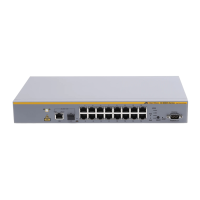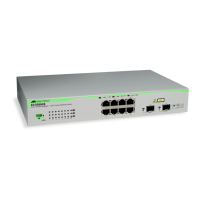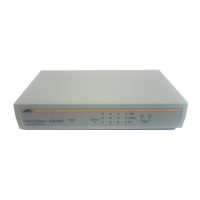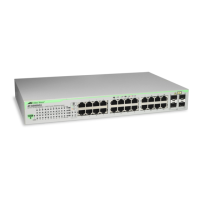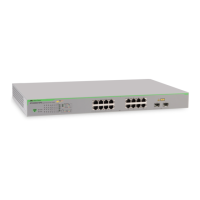Web Server Commands
Page 275
Command Mode
Global Configuration mode
User Guidelines
The command is not saved in the device configuration; however, the certificate and keys generated by this
command are saved in the private configuration (which is never displayed to the user or backed up to another
device).
Use this command to generate a self-signed certificate for the device.
If the RSA keys do not exist, parameter key-generate must be used.
Example
The following example regenerates an HTTPS certificate.
crypto certificate request
The crypto certificate request Privileged EXEC mode command generates and displays certificate requests for
HTTPS.
Syntax
crypto certificate number request [cn common- name ][ou organization-unit][or organization] [loc location] [st
state] [cu country]
Parameters
•
number — Specifies the certificate number. (Range: 1 - 2)
• common- name — Specifies the fully qualified URL or IP address of the device.
(Range: 1- 64)
• organization-unit — Specifies the organization-unit or department name. (Range: 1- 64)
• organization — Specifies the organization name. (Range: 1- 64)
• location — Specifies the location or city name. (Range: 1- 64)
• state — Specifies the state or province name. (Range: 1- 64)
• country — Specifies the country name. (Range: 1- 2)
Default Configuration
There is no default configuration for this command.
Command Mode
Privileged EXEC mode
User Guidelines
Use this command to export a certificate request to a Certification Authority. The certificate request is generated in
Base64-encoded X.509 format.
Before generating a certificate request you must first generate a self-signed certificate using the crypto
certificate generate Global Configuration mode command. Be aware that you have to reenter the certificate
fields.
Console(config)# crypto certificate 1 generate key-generate

